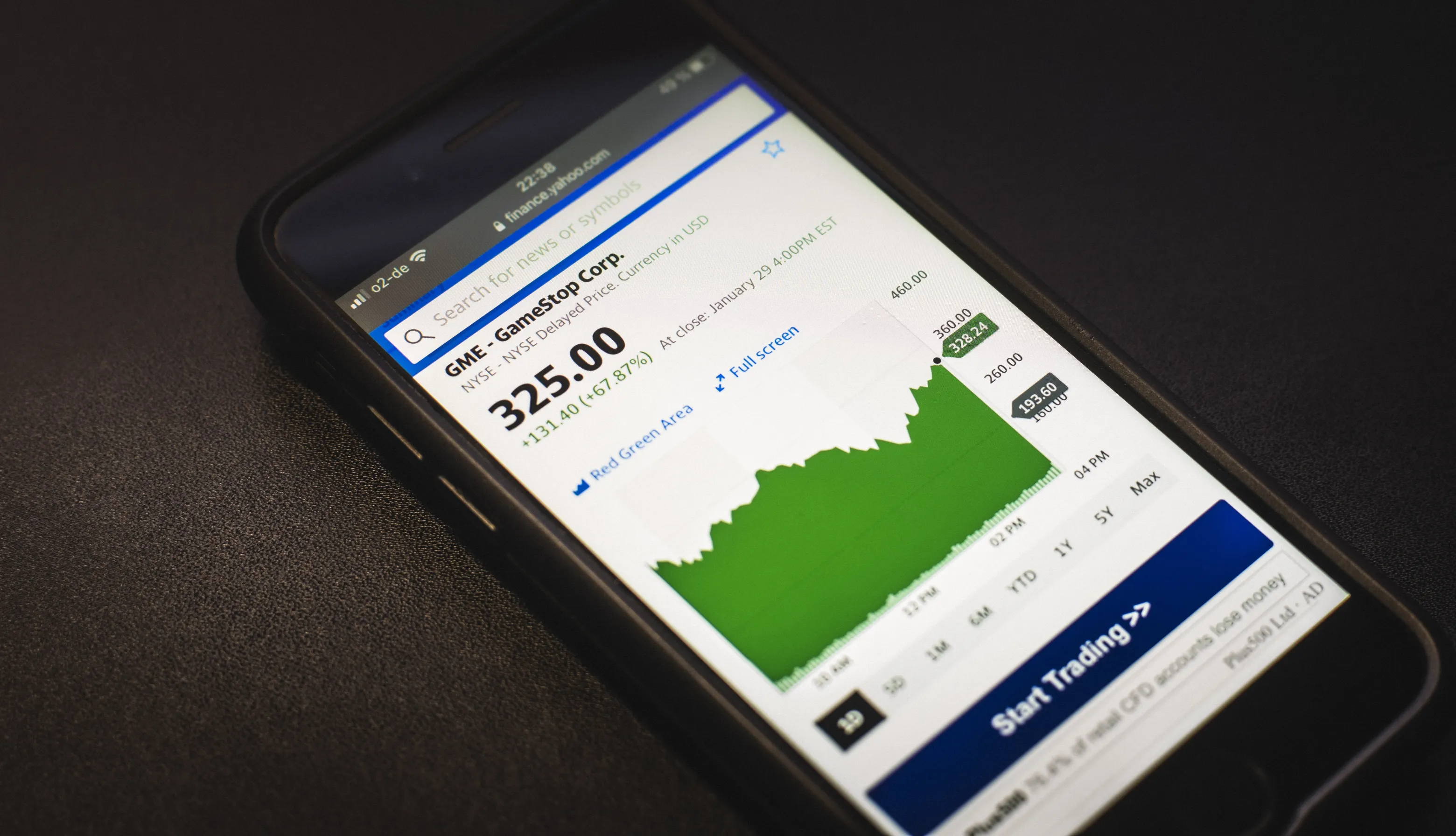A binary options trading platform is an increasingly popular form of investment that involves making a prediction about the movement of a financial asset. Traders can make money from predicting whether an asset’s price will rise or fall within a certain time frame.
Binary option trading on ETFs and stock indices is becoming increasingly popular due to their simplicity and ease of use. An ETF (Exchange Traded Fund ) is a collection of securities tracking an index or asset basket. Stock indices are collections of stocks that represent the performance of a particular market or sector.
What Are Binary Options?
Binary options are a type of options trading where the payoff can be either a fixed amount or nothing. Traders must choose whether an asset’s value will rise or fall in a certain period. If the prediction is correct, traders receive their fixed payout; if not, they may suffer a partial or full loss of their invested amount.
This kind of trading is attractive to online investors because it can deliver fast gains without a high initial investment. It offers different types of accounts such as free demo accounts, and retail investor accounts. So you can try different to try it out.
Benefits And Risks Associated With Trading On ETFs And Stock Indices
Binary options trading can be a great way to profit off movements in stock indices and ETFs; however, some risks are associated with this investing method. Firstly, it’s important to understand the difference between an exchange-traded fund (ETF) and a stock index.
ETFs are pools of securities traded on a stock exchange that tracks the performance of an underlying asset or index. A stock index, on the other hand, is a basket of stocks chosen for their ability to reflect stock market trends, such as tech stocks or large companies in emerging markets. With binary options trading, both ETFs and stock indices offer diverse opportunities for profit but carry different risk profiles due to how they are traded and managed.
For example, stock indices may have greater liquidity than ETFs, meaning greater potential returns but more risk involved with volatility and quick price movements in the underlying assets. Additionally, investors should consider management trading fees applicable when trading with ETFs versus free trades when dealing with an index fund.
Understanding these differences is essential before making an informed decision when it comes to trading binary options so you can ensure that you’re taking on a level of risk best suited for your circumstances.
Read More: How to Use the MFI Indicator in Binary Options Trading
Types Of Binary Options Available For ETFs And Stock Indices
Binary options are popular trading platforms for stock indices, ETFs and other underlying assets. The popularity of binary options arises from the fact that they provide necessary parameters such as expirations and short-term spreads to traders who continue to search for more opportunities to increase their earnings in today’s competitive market environment. Binary Options allow the trader to gain a fixed return based on whether the asset price is above or below a predetermined level at the expiry of the contract.
With binary options, a trader can enjoy freedom regarding when to enter or exit positions without additional execution costs like commissions, margin requirements or leverage. Furthermore, these binary options have different types, such as digital/binary, call/put and one-touch options, which are suitable for various levels of traders.
Up/Down Options

Up/Down options are a type of binary options trading where the prediction on the direction of market movement is made, either upward or downward. If a trader predicts correctly, he/she will receive a predetermined profit; if the prediction is incorrect, he/she will lose the capital invested. Up/Down options are a great way for traders to quickly and easily diversify their portfolios and profit from short-term investments.
Touch/No-Touch Options
Touch/No-Touch options are specialized binary options types that offer a predetermined return depending on the asset reaching (or not reaching) predetermined levels. With Touch options, traders must accurately predict whether an underlying asset’s strike price will reach or surpass a predetermined level.
If traders successfully predict this, they get to collect the predetermined payouts. No-touch options are the counterpart of Touch options whereby one needs to accurately predict whether the asset’s strike price will remain beneath a specified level until its expiry time to obtain the preset payouts.
Compared to other forms of trading, this binary option offers potential investors much more control over their trades and significantly reduced risks, as you know before making your investment decision what you could earn or lose.
Read More: Binary Options Trading on Cryptocurrencies: Crypto Profit from Digital Assets
Range/Boundary Options
Range/boundary options are a type of trading option that allows a trader to predict an outcome within a set range. These can be suited to short- and long-term trading strategies, as they allow traders to take advantage of markets where prices remain within a certain range over time.
With these options, you can choose your own payout – either all or nothing at the end of the option’s expiration date. You can also increase your payout if the market is in range during expiration. Range/boundary options offer potentially high-reward investments for those looking for higher-return investments. However, such trades also come with more risk due to their volatility.
Strategies For Trading Binary Options On ETFs And Stock Indices

Binary options trading on ETFs and stock indices offers traders a variety of advantages, including lower risk, increased liquidity and higher profitability. Trading binary options on ETFs and stock index futures provides traders with the ability to access global markets in an efficient, cost-effective manner.
To maximize potential gains when trading binaries on ETFs and indices, it is important to develop a trading strategy suited to current market conditions and informed decisions when selecting underlying assets.
These strategies include leveraging technical analysis tools such as trend lines and RSI, monitoring news sources for announcements related to the underlying asset, and being aware of expiration times and other factors which can influence the supply/demand dynamic. With diligent risk management strategies focused on capital preservation, binary options trading can effectively generate profits from global financial markets.
Read More: How to Trade Binary Options on Ayrex: A Step-by-Step Guide
Trend Following Strategy
Trend Following Strategies refers to how traders use technical indicators to identify, understand, and measure trends in financial markets. This strategy involves analyzing past price movements to identify market cycles and signals for entry and exit points.
The main benefit of this approach is that it can help traders capitalize on longer-term trends, allowing them to take advantage of smaller and larger price fluctuations. Additionally, trend-following strategies rely less on short-term news and analysis, often leading to overtrading or overweighting certain investments.
Using a disciplined approach to trading focusing on identifying longer-term trends, trend-following strategies may provide investors with more consistent returns.
Overall, binary options trading on ETFs and stock indices allow investors to access a variety of global markets in an efficient, cost-effective manner.
By leveraging technical analysis tools, monitoring news sources and utilizing trend-following strategies, traders can reduce risk while increasing their potential returns. Additionally, by adhering to proper risk management strategies such as capital preservation, binary options trading can effectively generate profits from global markets.
Read More: How to Use the Commodity Channel Index in Binary Options Trading
